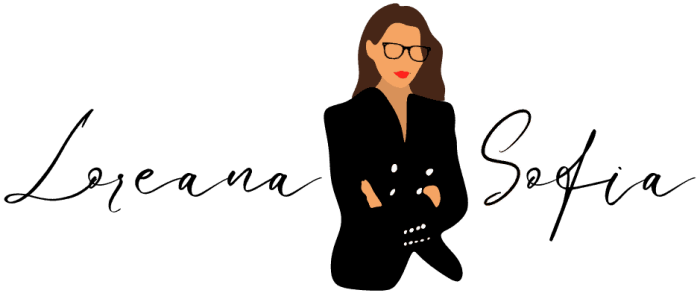We are always looking for ways to break a bad habit! This blog post is all about the best tricks to break a bad habit.

36 TECHNIQUES TO BREAK A BAD HABIT
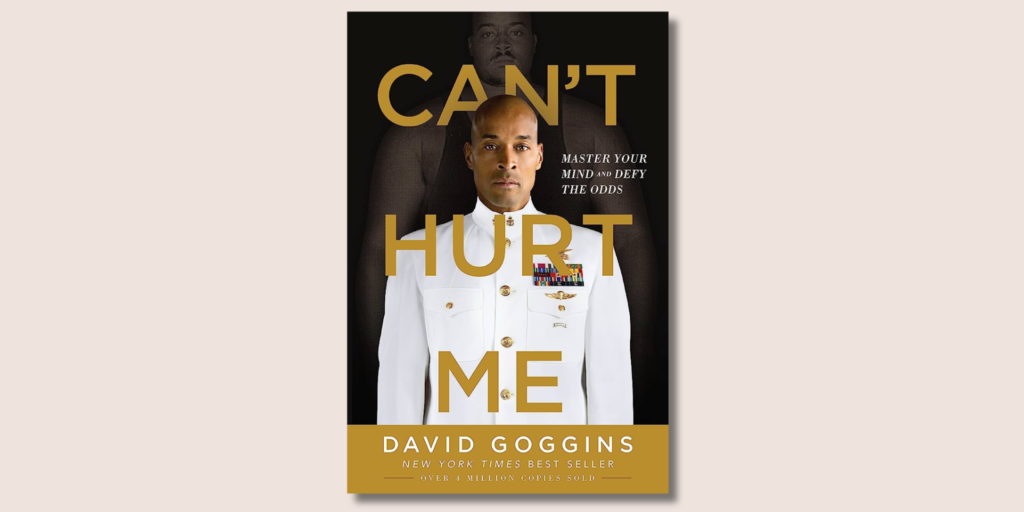
“CAN’T HURT ME” BY DAVID GOGGINS
In a nutshell…
A powerful memoir that focuses on mental toughness and resilience.
- Overcoming adversity
- Mental toughness
- Self-discipline and hard work
- Self-discovery and personal growth
- Breaking the bounds of comfort zones
Breaking a bad habit
1. Accountability Mirror
Face yourself in the mirror and have an honest conversation about your bad habits and areas needing improvement. This method promotes self-awareness and personal responsibility.
2. Setting Detailed Goals
Break down big goals into smaller, more manageable steps. This process helps in overcoming the overwhelming nature of bad habits by focusing on incremental progress and celebrating small victories.
3. Embracing Discomfort
Step out of your comfort zone and embrace discomfort as a way to grow and break bad habits. By regularly putting oneself in challenging situations, one can develop resilience and the mental strength to overcome ingrained habits.
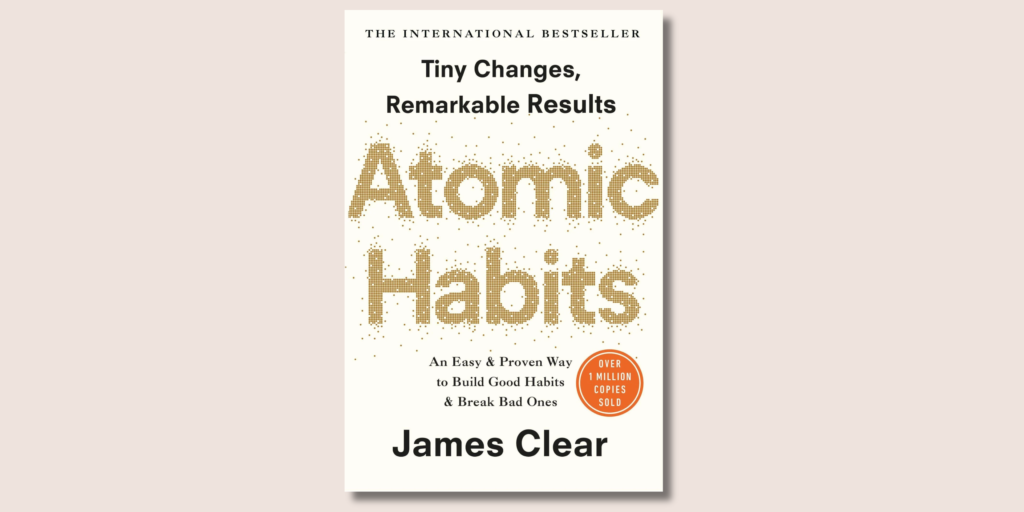
“ATOMIC HABITS” BY JAMES CLEAR
In a nutshell…
A guide focusing on the development of good habits and the elimination of bad ones.
- Compound effect of small habits
- Systems over goals
- Identity-based habits
- Laws of behavior change
- Continuous improvement
Ways to break bad habits
4. Make It Invisible
Reduce exposure to the cues of your bad habits. If you’re trying to quit smoking, avoid places where you normally smoke. If you’re trying to eat healthier, don’t keep junk food in the house.
5. Make It Unattractive
Change how you think about the habit to make it seem less appealing. This can involve understanding the negative impacts of the habit and reframing your mindset to view abstaining from the habit as more beneficial.
6. Make It Difficult
Increase the effort required to perform the bad habit. For instance, if you’re trying to reduce screen time, keep your phone in another room, so it’s not easily accessible. Making a habit harder to do decreases its odds of being followed.
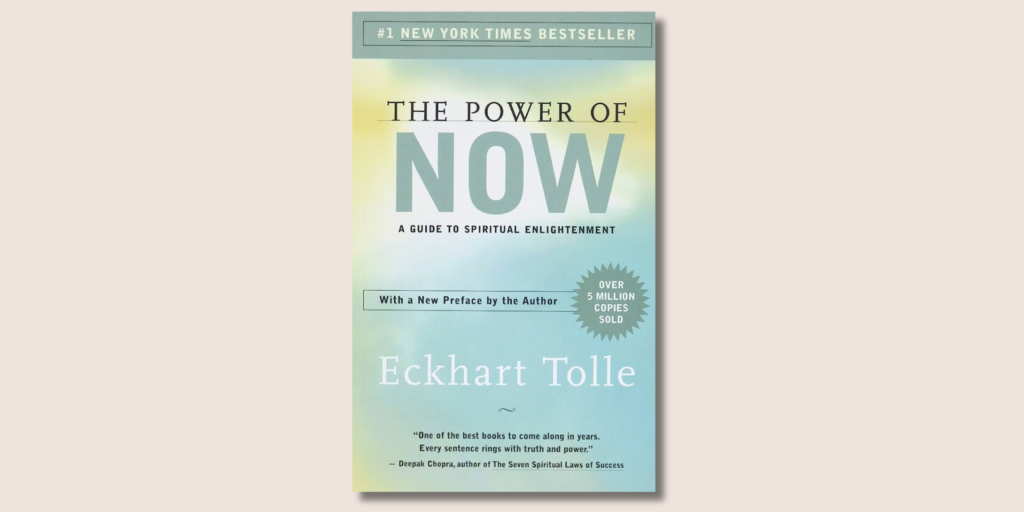
“THE POWER OF NOW” BY ECKHART TOLLE
In a nutshell…
A spiritual self-help book focusing on mindfulness and personal growth.
- Living in the present moment
- Understanding and dissolving the ego
- Mindfulness and consciousness
- Inner peace and spiritual awakening
- Acceptance and surrender
How to break a bad habit
7. Awareness of the Habit
Acknowledge and observe the habit without judgment. The simple act of bringing awareness to our behaviors, and recognizing them as separate from our true selves, can diminish their power over us.
8. Stay Present
Many bad habits are attempts to escape the present or are triggered by anxiety about the past or future. By staying grounded in the ‘now,’ one can reduce the impulse to engage in these habits.
9. Acceptance
Instead of fighting or resisting the habit, practice accepting it as it is. This doesn’t mean giving in to the habit, but rather accepting its existence and understanding its triggers. From a place of acceptance, it becomes easier to let go of the habit gradually.
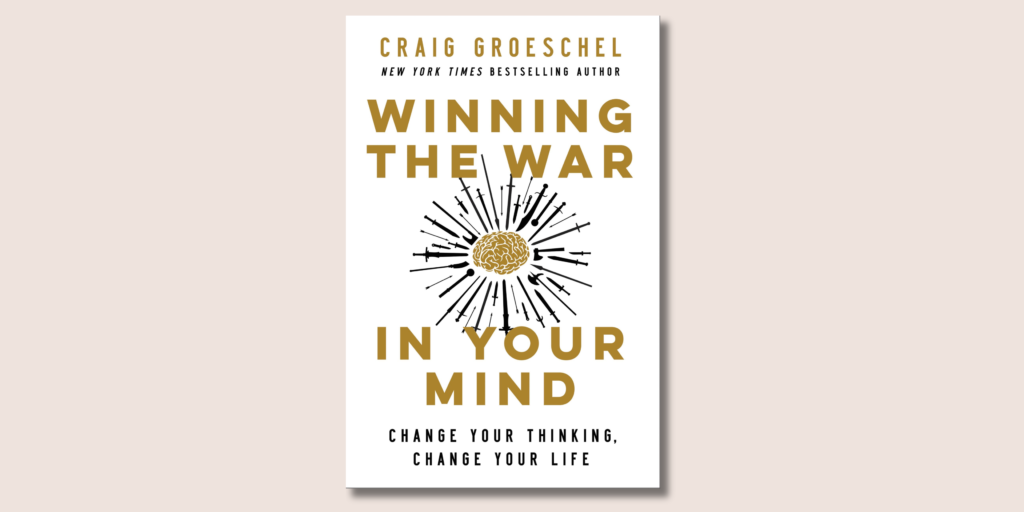
“WINNING THE WAR IN YOUR MIND” BY CRAIG GROESCHEL
In a nutshell…
A book that focuses on transforming one’s life by altering thought patterns
- The power of thought
- Replacing lies with truth
- Mind renewal
- Overcoming mental barriers
- Spiritual and biblical insights
Tips on how to break a bad habit
10. Identify and Replace Lies with Truth
Recognize the false beliefs or lies that underpin the bad habit and actively replace them with truthful, positive affirmations. For example, if a bad habit is rooted in a belief of inadequacy, replace that thought with affirmations of your worth and capability.
11. Mindful Awareness
Be consciously aware of your thoughts and habits. By being mindful of our thought patterns and the triggers of our habits, we can gain the upper hand in changing them.
12. Seek Support and Accountability
This aligns with the idea that we are not meant to fight our battles alone, and having someone to encourage and hold us accountable can be incredibly effective in breaking bad habits.

“THINK AGAIN” BY ADAM GRANT
In a nutshell…
A thought-provoking book about the importance of reevaluating one’s beliefs and staying open to new ideas.
- Importance of rethinking
- Intellectual humility
- Dangers of entrenchment
- Psychological flexibility
- Art of persuasion and communication
Breaking bad habits
13. Reframe the Habit
Instead of viewing it as a part of our identity, we can see it as a separate, changeable behavior. This shift in perspective can make it easier to alter the habit.
14. Seek Contrary Evidence
Actively seek information and perspectives that contradict why you maintain the habit. This can help weaken the habit’s hold and open up new ways of thinking.
15. Experiment with New Behaviors
Experiment with different behaviors as a way to replace bad habits. By trying new approaches and being open to different outcomes, people can find more effective and healthier patterns to replace their old habits.
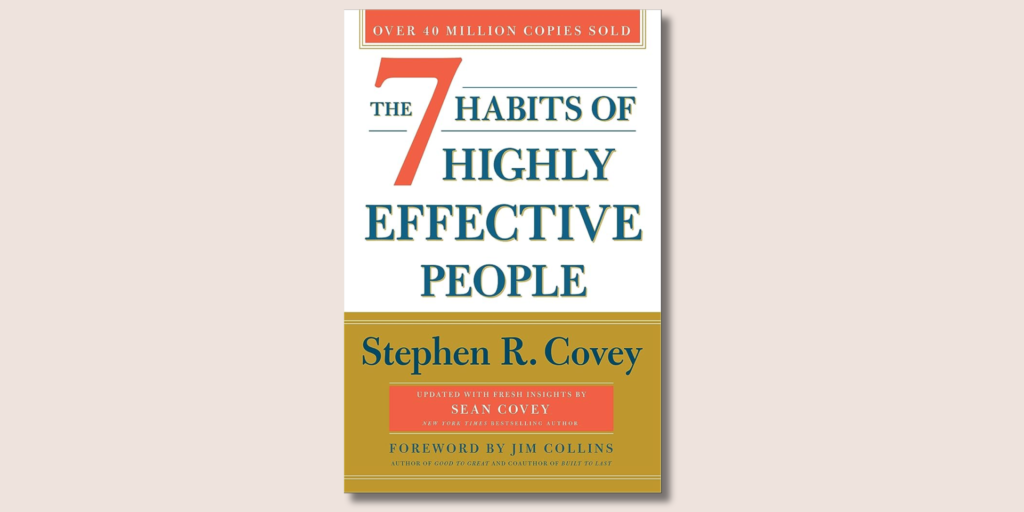
“7 HABITS OF HIGHLY EFFECTIVE PEOPLE” BY ADAM GRANT
In a nutshell…
A widely acclaimed book that provides a framework for personal effectiveness.
- Proactivity and personal responsibility
- Beginning with the end in mind
- Prioritization and time management
- Win-win thinking
- Synergistic collaboration
How to break a bad habit
16. Be Proactive
Take responsibility for your actions. Recognize that you have the choice to replace a bad habit with a better one, and take initiative to make the change.
17. Begin with the End in Mind
Envision the version of yourself you want to become. This visualization can provide motivation and a clear direction for the changes needed to break your bad habit.
18. Put First Things First
Prioritize activities that are important for your well-being and align with your values. This often means prioritizing actions that contribute to breaking your bad habit and setting aside lesser priorities.
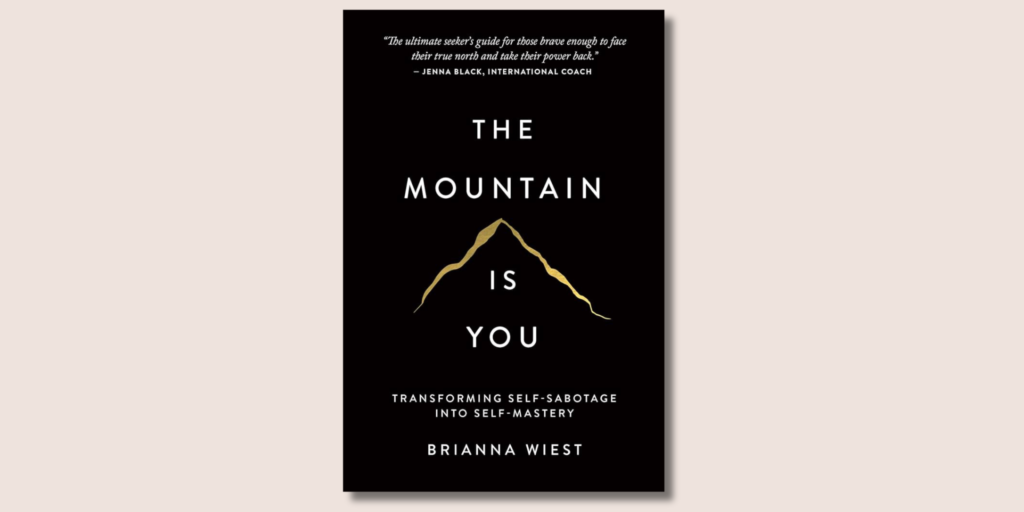
“THE MOUNTAIN IS YOU” BY BRIANNA WIEST
In a nutshell…
A book about overcoming internal obstacles and personal growth.
- Understanding self-sabotage
- Emotional intelligence and awareness
- Personal responsibility and growth
- Breaking negative patterns
- Empowerment and self-mastery
Breaking a bad habit
19. Identify Underlying Beliefs
Recognize and challenge the underlying beliefs that drive the bad habit. Often, bad habits are rooted in deeper emotional issues or limiting beliefs that need to be addressed for lasting change.
20. Practice Mindfulness
Develop a practice of mindfulness to become more aware of when and why you engage in the bad habit. This heightened awareness can help in catching yourself before falling into automatic patterns of behavior.
21. Create and Reinforce New Habits
Replace the bad habit with a positive one that serves a similar need or provides a similar reward. Consistency and reinforcement of these new habits are crucial for them to become ingrained and for the old habits to diminish.
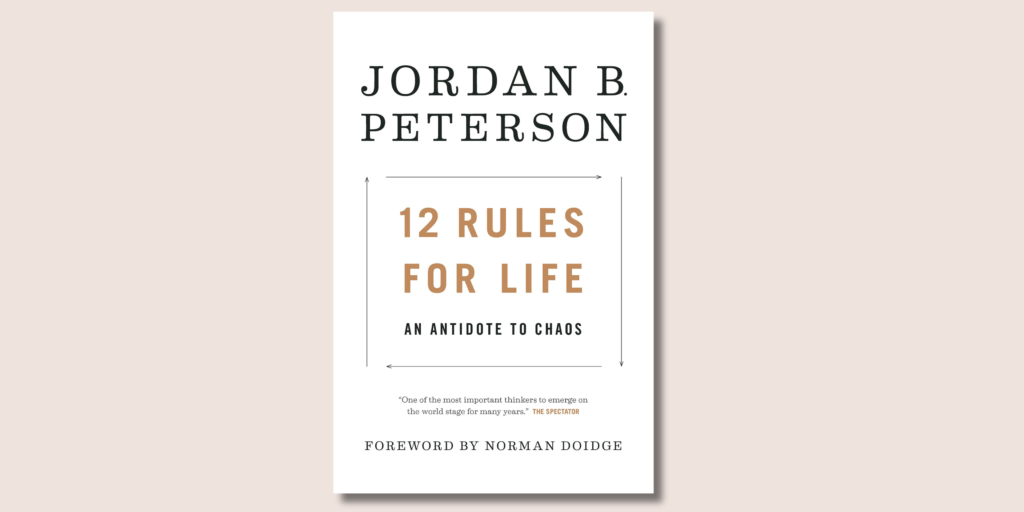
“12 RULES FOR LIFE” BY JORDAN B. PETERSON
In a nutshell…
This book presents a mixture of psychology, philosophy, and practical advice, structured around twelve rules for living a meaningful life.
- Personal responsibility
- The search for meaning
- Importance of order and structure
- Navigating suffering and chaos
- Individual development and growth
Techniques to break a bad habit
22. Start Small and Be Precise
Start with small, manageable goals when trying to break a bad habit. It is also important to be precise in defining the habit and to understand its triggers and consequences.
23. Assume Responsibility
Recognize that you have control over your actions and take responsibility for your habits. This means acknowledging the role you play in sustaining the habit and committing to making a change.
24. Treat Yourself As You Would Someone You Love
Pretend that a loved one is asking you how they can break a bad habit. What would you suggest them to do? Now, take that same advice and apply it to yourself.
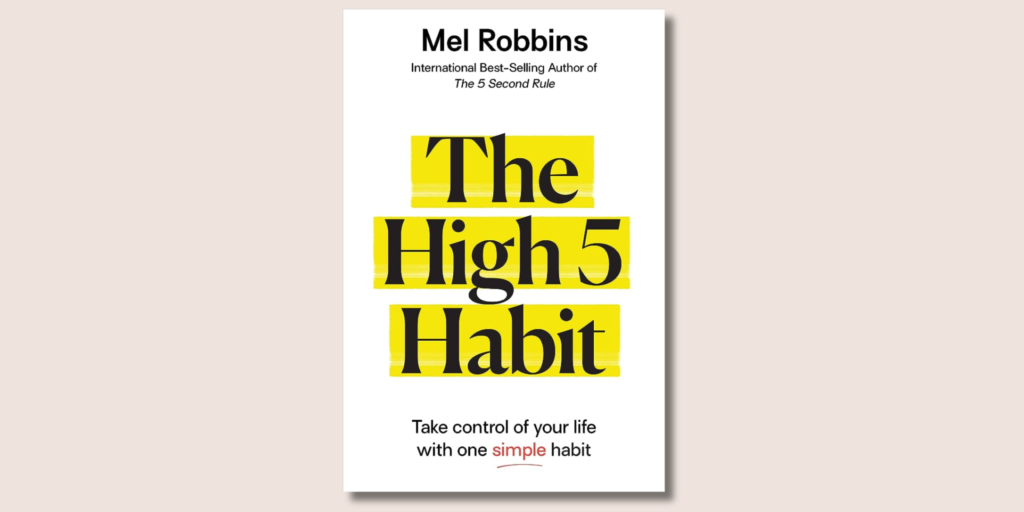
“THE HIGH 5 HABIT” BY MEL ROBBINS
In a nutshell…
Focuses on a simple, yet powerful tool for self-empowerment and positive change.
- Self-encouragement and positivity
- Building self-confidence
- Cultivating a positive mindset
- Overcoming negative self-talk and beliefs
- Creating lasting behavioral change
How to get rid of bad habits
25. Start Your Day with Positivity
Face yourself in the mirror and have an honest conversation about your bad habits and areas needing improvement. This method promotes self-awareness and personal responsibility.
26. Celebrate Small Wins
Acknowledge and celebrate small victories and progress each day. This reinforcement of positive behavior can help in gradually replacing bad habits with better ones.
27. Cultivate Self-Compassion
Practice self-compassion and understanding, especially when facing setbacks in breaking a bad habit. Being kind to yourself, rather than self-critical, is crucial in fostering lasting change and personal growth.

“THE COMFORT CRISIS” BY MICHAEL EASTER
In a nutshell…
A book that explores the idea that modern comforts and conveniences have led to various physical and mental health issues.
- Embracing discomfort
- Reconnecting with nature
- Physical and mental resilience
- Simplicity and minimalism
- Personal growth and self-discovery
How to stop bad habits
28. Embrace Discomfort
Actively seek out situations that challenge you and are outside your comfort zone. Breaking a bad habit often requires enduring some discomfort, and getting used to this can make the process more manageable.
29. Reconnect with Nature
Spend time in natural settings away from modern conveniences. This can help break the cycle of dependency on comfort-inducing habits, providing a fresh perspective and strengthening mental resolve.
30. Simplify Your Environment
Reduce reliance on technology and other modern conveniences. A simpler environment can reduce distractions and temptations, making it easier to focus on breaking the habit and building healthier routines.
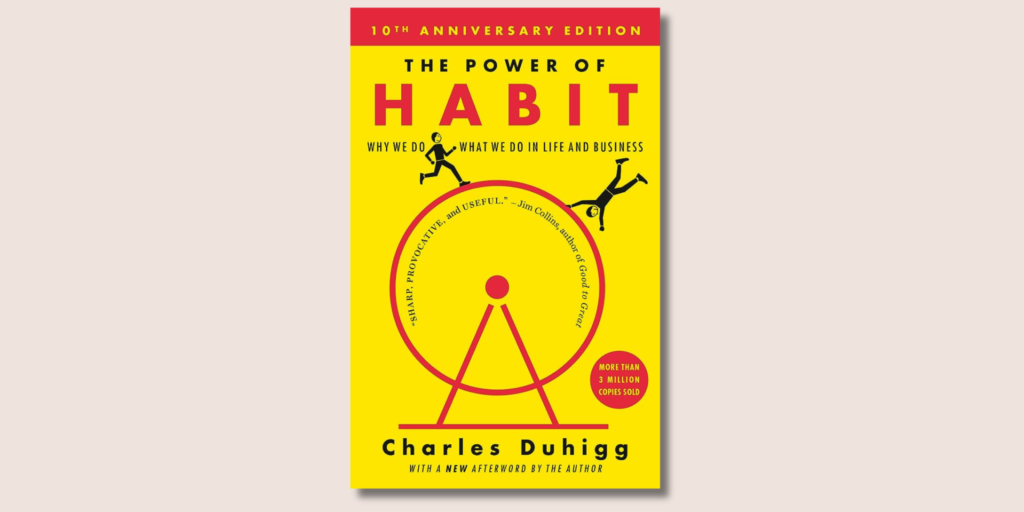
“THE POWER OF HABIT” BY CHARLES DUHIGG
In a nutshell…
Explores the science behind why habits exist and how they can be changed.
- The “Habit Loop”
- Change through understanding habits
- Automaticity of habits
- Habits and Identity
- Habits in organizations and societies
Tips and tricks to break a habit
31. Identify the Components of the Habit Loop
Recognize the cue, routine, and reward of the bad habit. Understanding what triggers the habit and what reward is obtained from it is crucial in devising strategies to change it.
32. Change the Routine
Once the habit loop is identified, focus on changing just the routine while keeping the cue and reward the same. For example, if stress (cue) leads to snacking (routine) for comfort (reward), replace snacking with a healthier behavior like a short walk or meditation.
33. Believe in Change
It is important to believe in the process of changing a habit. Often, change requires a belief that it’s possible, sometimes bolstered by support from groups or individuals who have successfully made similar changes.
